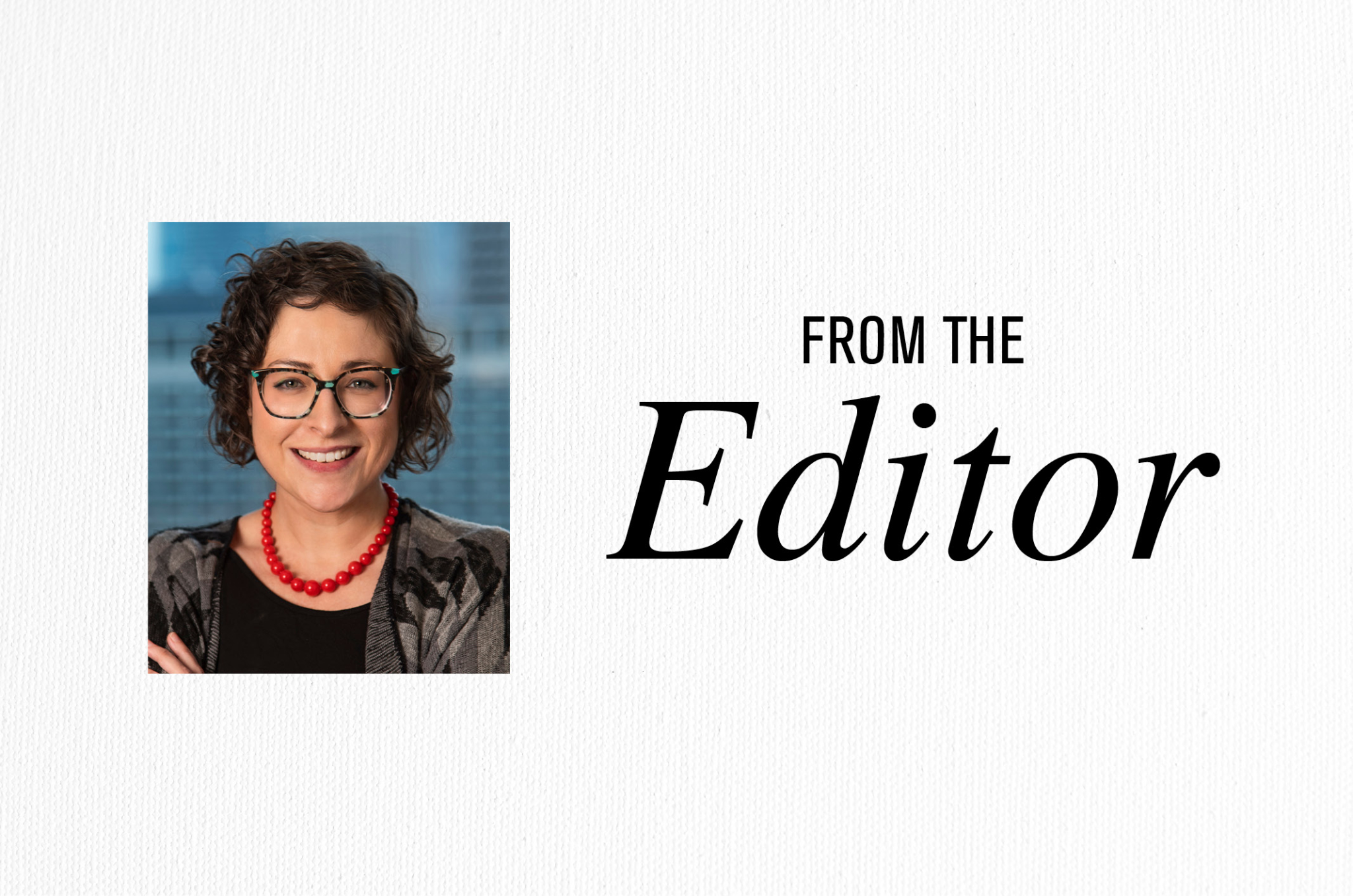I was always a city kid, growing up in a neighborhood affectionately known as “Nordeast” at the edge of Minneapolis. But around the time my family and I started looking around at what high school I might be attending in the near future, the city had acquired something of a nasty nickname: Murderapolis. My parents sold their two-bedroom farmhouse off busy Como Avenue and moved my brother and I to the perceived safety of the suburbs.
In a fit of pre-teen angst, I promised to never forgive them. But of course, I got over it and even found my way to enjoying some of the freedoms that usually only come from living in the ’burbs: safer blocks, semi-wilderness and plenty of reasons to exercise my new driver’s license. But that was the last time I lived in the suburbs.
Or was it? When I got tired of the itty-bitty (or even nonexistent) backyards of the places I rented in Rogers Park, Lakeview and Roscoe Village and decided to buy a place, I had a decision to make. Would I lengthen my commute just to be able to afford a vegetable garden and spare bedroom? Now a homeowner in Albany Park, I have an oversized backyard (by Chicago standards, at least) and a two-car garage. Neighborhood kids take over the sidewalk nearly every afternoon with bikes and chalk and make-believe. So am I still a city kid?
When it comes to finding the perfect neighborhood, there’s no solid line between the city and the ’burbs. This is becoming even clearer as suburbs and cities swap characteristics. Suburbs are increasingly incorporating the walkable, social elements of city life into their long-term plans, a phenomenon for which John Burns Real Estate Consulting recently coined the term “surban.” And then just last month, The New York Times ran an op-ed looking at all the traditionally suburban amenities that are coming to high-end city living, from extensive outdoor space to urban versions of big-box stores to car culture.
So where, in the end, do we really want to live? The answer is different depending on one’s stage of life, needs, desires and background. But your job as a real estate professional is to help ambivalent homebuyers not only decide what they want, but also to help them figure out where they can get it. I hope you have a better idea of how to answer these questions for your clients after reading our cover story. And if you have thoughts to share about surban living, you can reach me at meg.white@agentpublishing.com.
